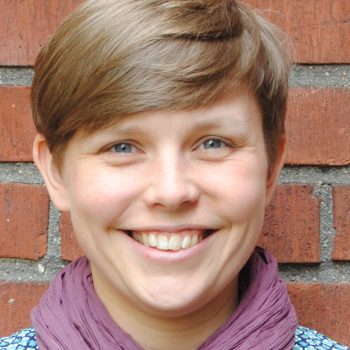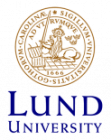Removal of pharmaceutical residues – what drives the development?
Government funds are currently being invested in feasibility studies and investments for upgrading wastewater treatment plants (WWTPs) with the aim of removing organic micropollutants, such as pharmaceutical residues. What driving forces lie behind the municipalities and water- and wastewater organizations work with this issue and do the investments end up where they contribute the most?
In this project the aim is to map the factors that have been important for the work of developing wastewater treatment with a focus on organic micropollutants at Swedish WWTPs through interviews with key people from water- and wastewater organizations , authorities, and interest groups. The driving forces for individual water- and wastewater organizations and/or WWTPs are particularly interesting in understanding why the distribution of granted funds looks as it does.
The issues are divided into three main categories: driving forces, technology choice and treatment requirements. Each main category is divided into the following questions:
Driving forces
- Which driving force or what factors have played the biggest role according to those involved?
- How are additional costs justified?
Treatment requirements
- Which criterion(a) have been used in the evaluation and/or implementation of treatment techniques?
- What is this decision based on?
Technical choice
- What has affected which technique or techniques have been evaluated or implemented: the consultants hired, the work of other organizations/WWTPs or other factors?
- What level of competence is there among the various actors?



